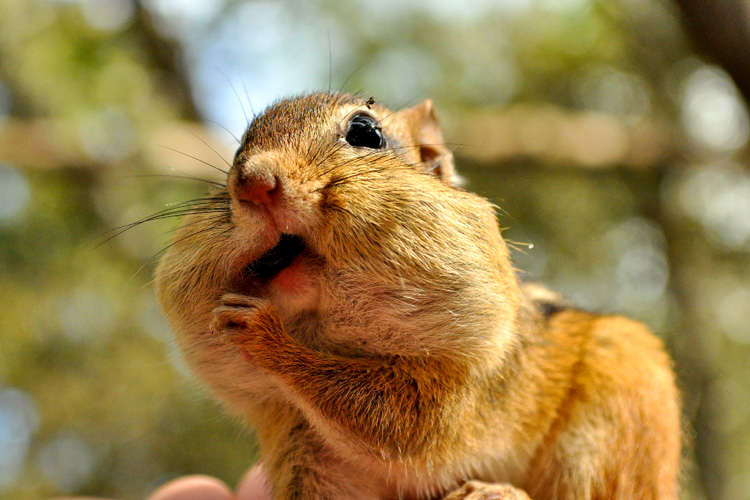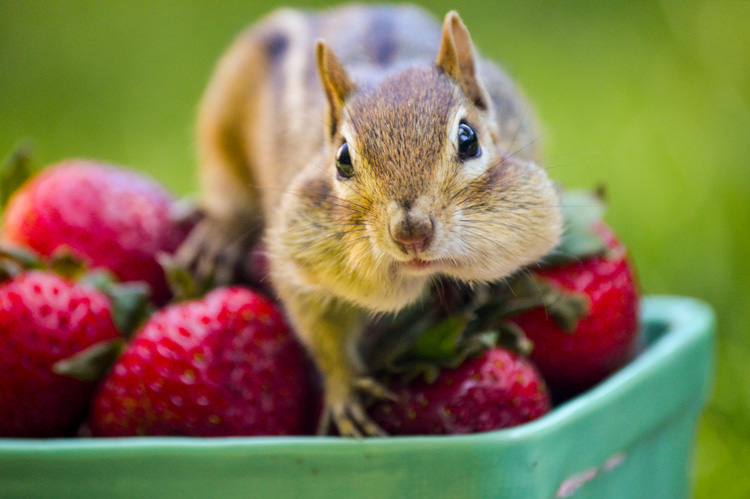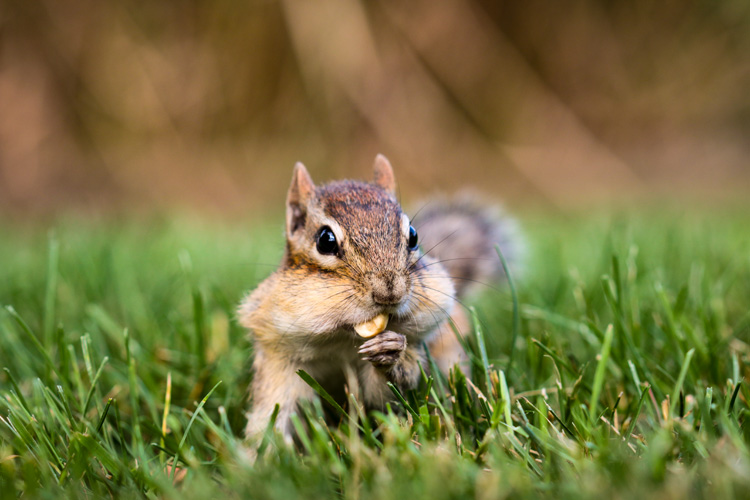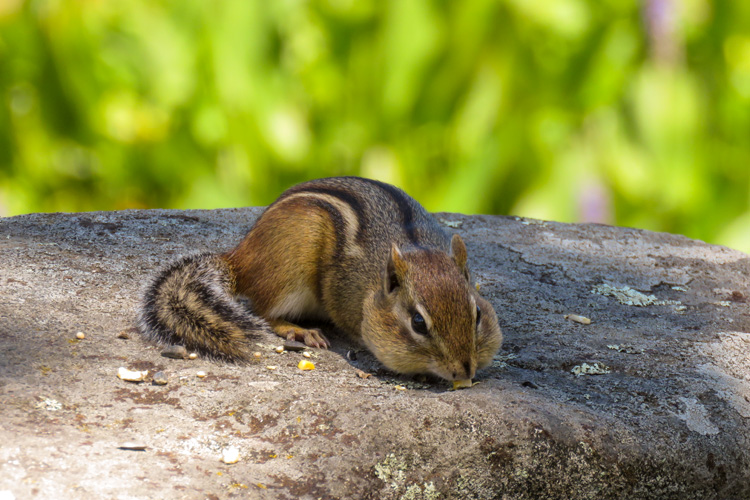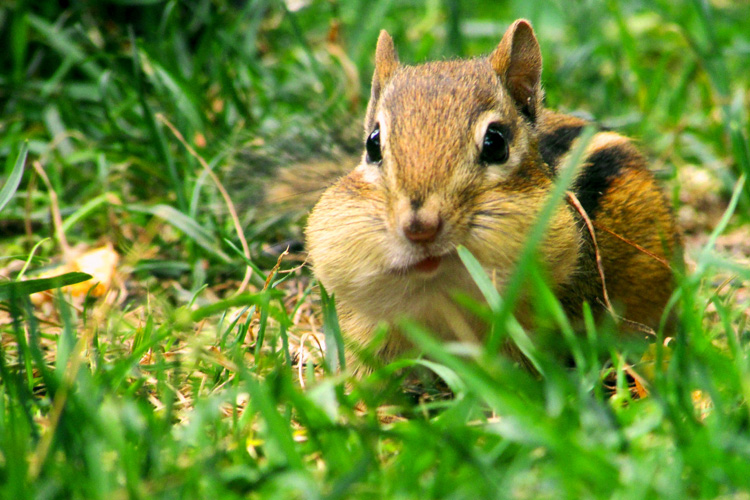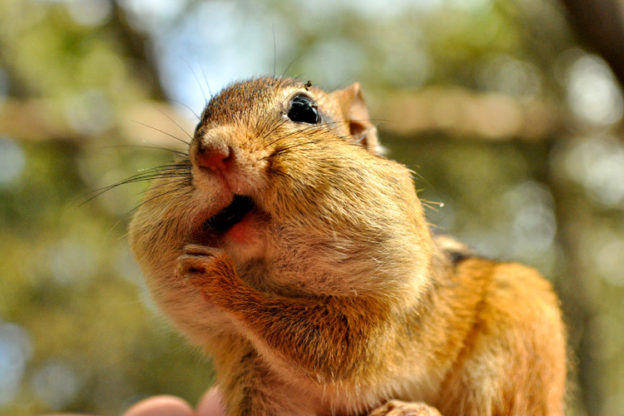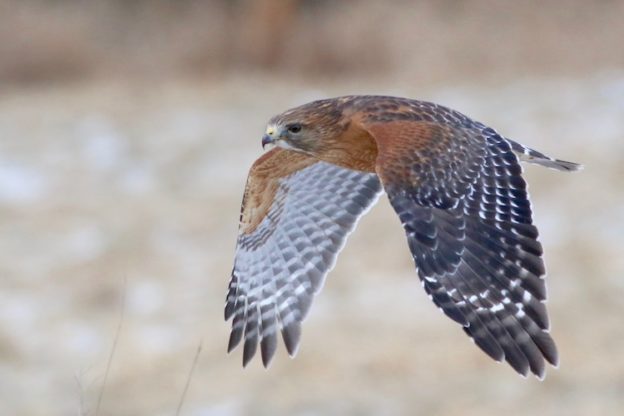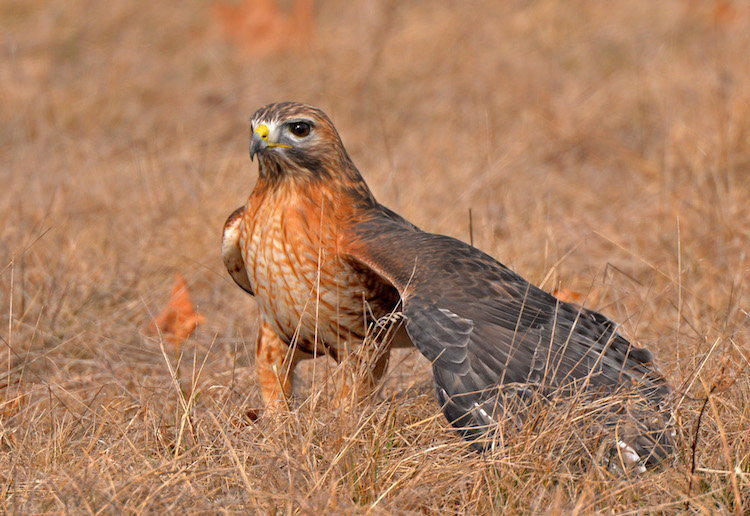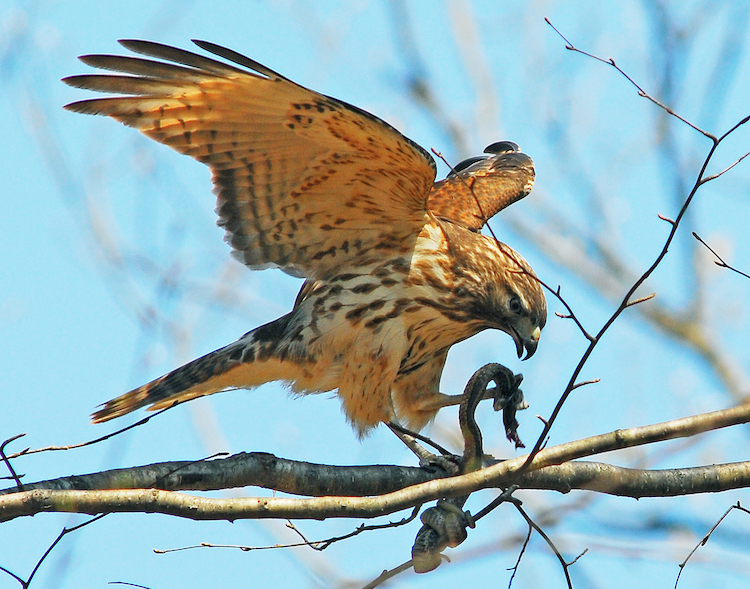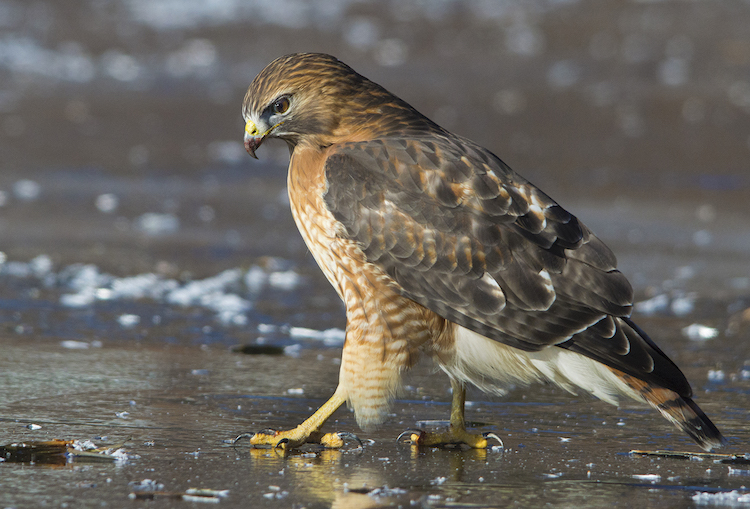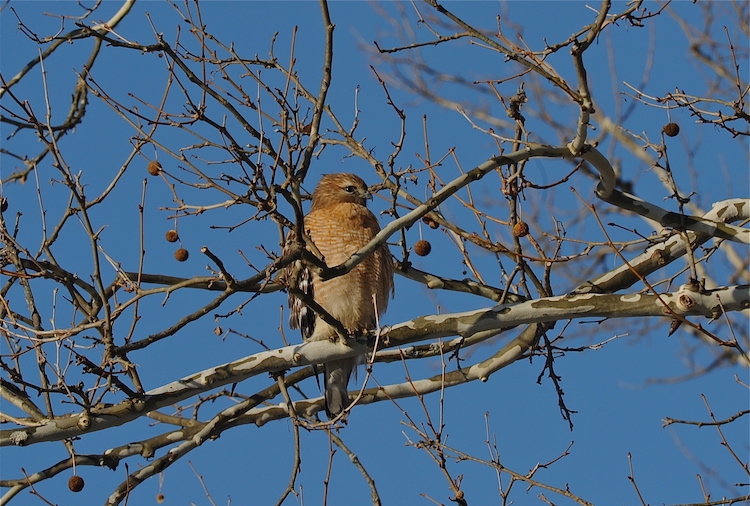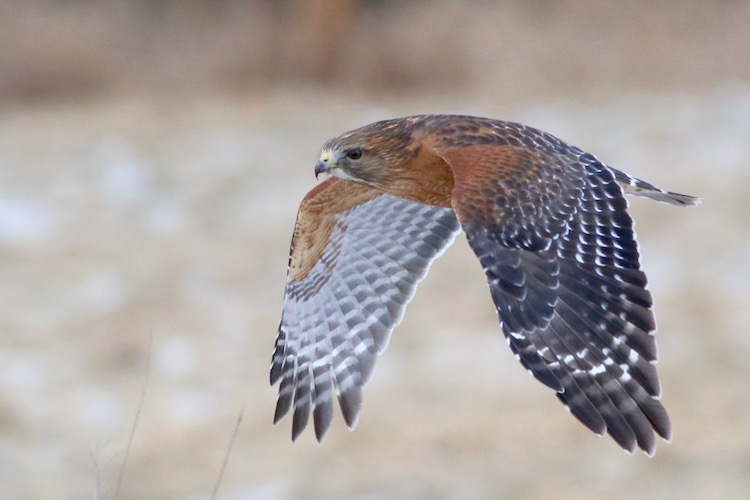The industrious Eastern Chipmunk spends its days, especially this time of year as the weather is getting colder, gathering and storing food in their burrows, which will sustain them during the winter.
Seeds, berries, nuts, and fruit are the mainstay of the chipmunk’s diet, but they also eat insects, insect larvae, slugs, snails, and earthworms. Occasionally they will eat birds such as sparrows, juncos, and starlings, bird’s eggs, frogs, and small snakes.
Folks who enjoy watching the antics of chipmunks in their yards are all too familiar with their iconic cheeks. Chipmunks possess cheek pouches in which they store food before depositing it in their burrow. Researchers have reported watching a chipmunk stuff nearly six dozen black-oil sunflower seeds into its pouches!
Learn more about chipmunks (including what to do if one accidentally finds its way into your house) on our website and enjoy these five fun photos of chipmunks literally stuffing their faces, all submitted in the past to our annual Picture This: Your Great Outdoors photo contest.
